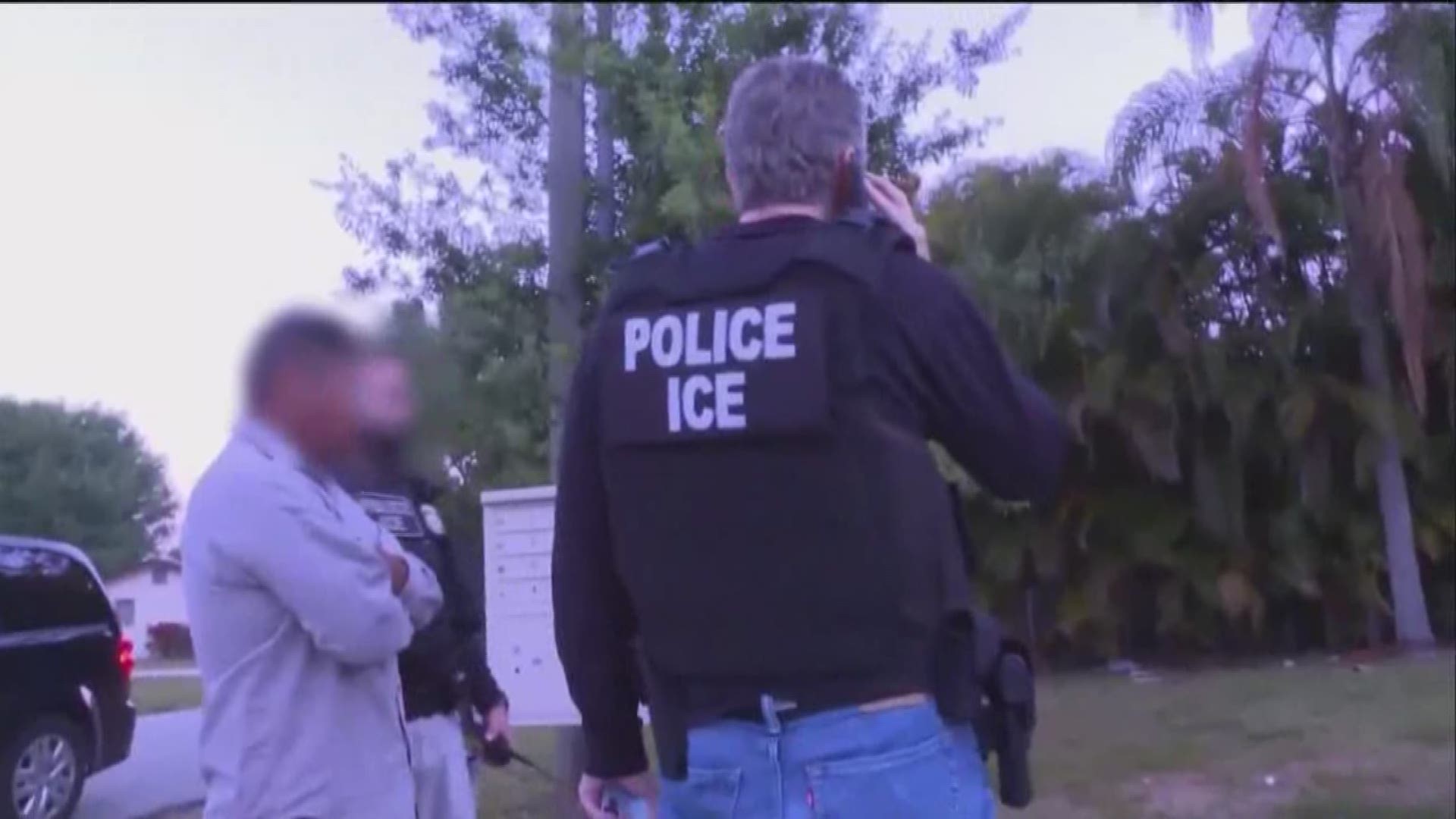SAN DIEGO — The U.S. immigration system can be confusing, especially when it comes to all the agencies and which ones do what.
It's important to know how they all work together to keep the country safe and to allow travel and trade through ports of entry.
U.S. Customs and Border Protection, or CBP, is the agency responsible for protecting U.S. borders.
It includes U.S. Border Patrol agents who apprehend immigrants between ports of entry; and U.S. Customs officers who detain inadmissibles at the ports of entry themselves, including asylum seekers who surrender at ports like San Ysidro and Otay Mesa.
U.S. Immigration and Customs Enforcement, or ICE, is responsible for enforcing immigration laws inside the United States.
ICE agents conduct raids to arrest immigrants with deportation orders or those who have overstayed their visas. ICE also conducts homeland security investigations into smuggling and trafficking crimes.
Immigration and Customs Enforcement also oversees immigrant detention centers as well as family detention centers.
The U.S Department of Health and Human Services, or HHS, is responsible for children who cross the border.
Under HHS is the Office of Refugee Resettlement, which contracts to house unaccompanied minors. Unaccompanied minors are kept in shelters run by the private contractors with state licenses.
The U.S. Department of State processes immigration visa applications outside the country.
U.S. Citizenship and Immigration Services (CIS) processes visa applications inside the country.
The U.S. Department of Justice (DOJ) is the agency that oversees immigration courts.
The proceedings in immigration courts are not criminal, they are administrative, which is why immigration court records are not public; making difficult to track immigrants as they are processed through the system.
There are about 185 different types of visas in the United States, including temporary, nonimmigrant visas for tourism or education.
Immigrant visas are for foreign nationals who want to live in the U.S. permanently.

